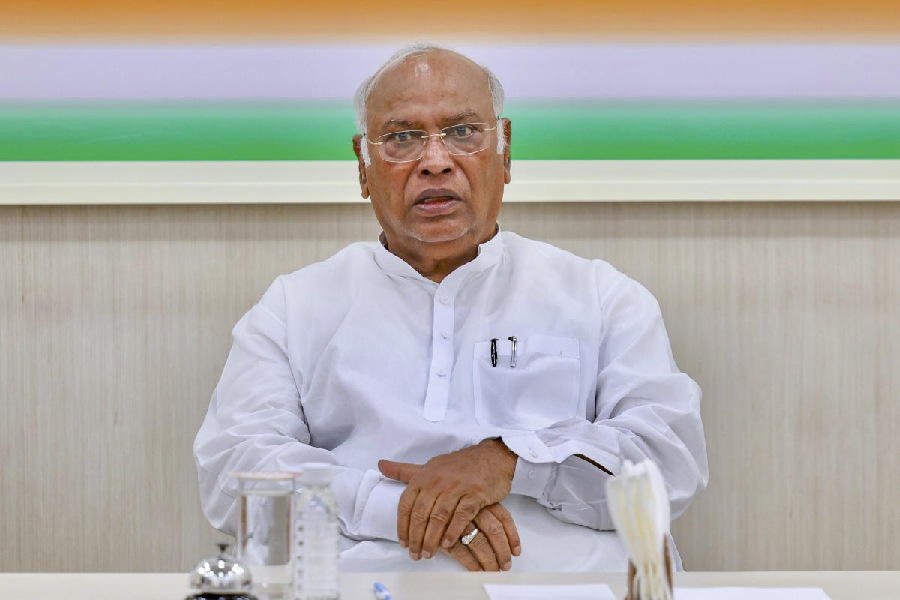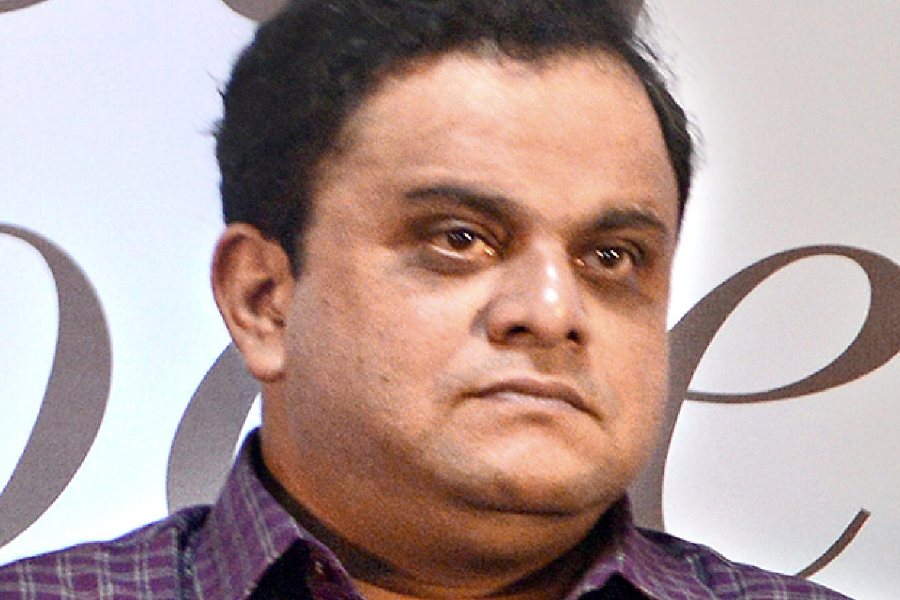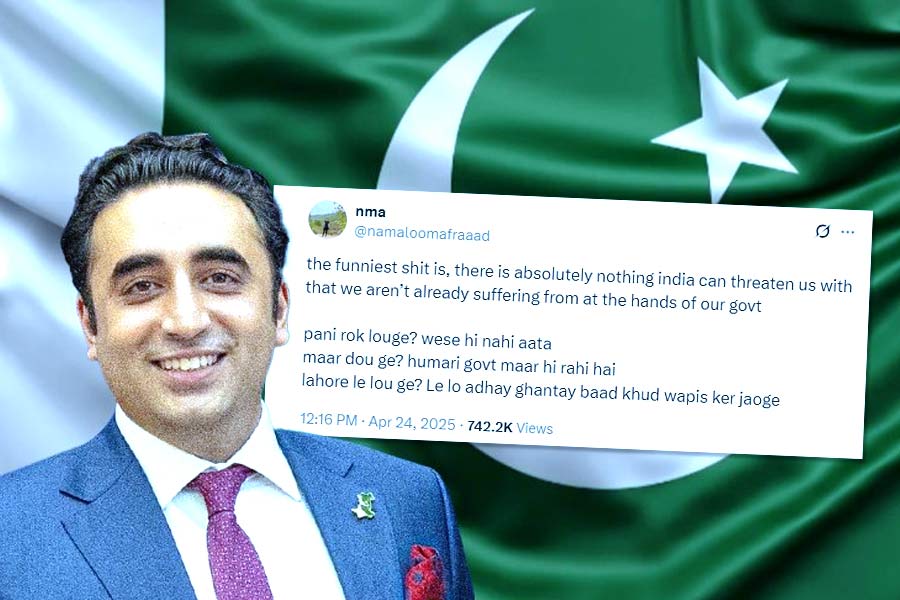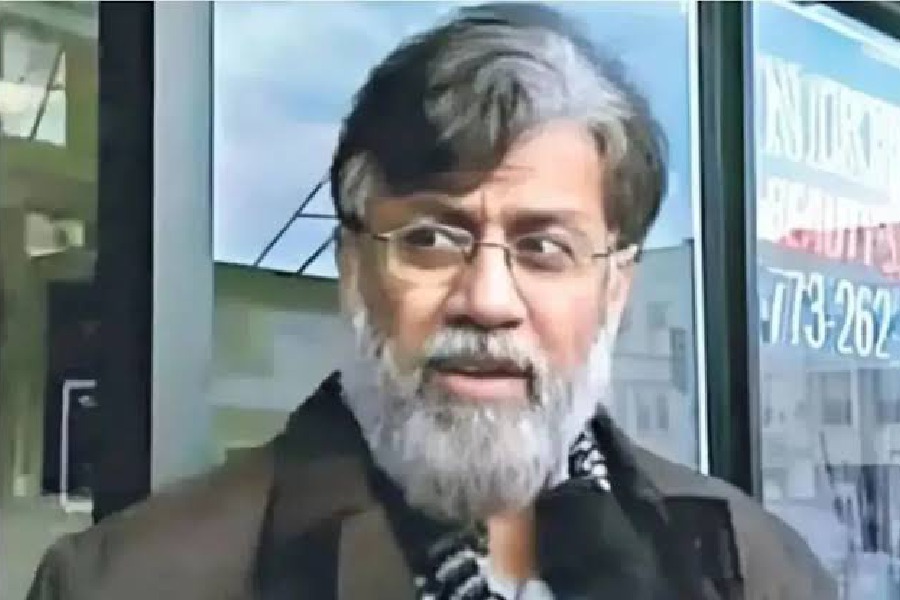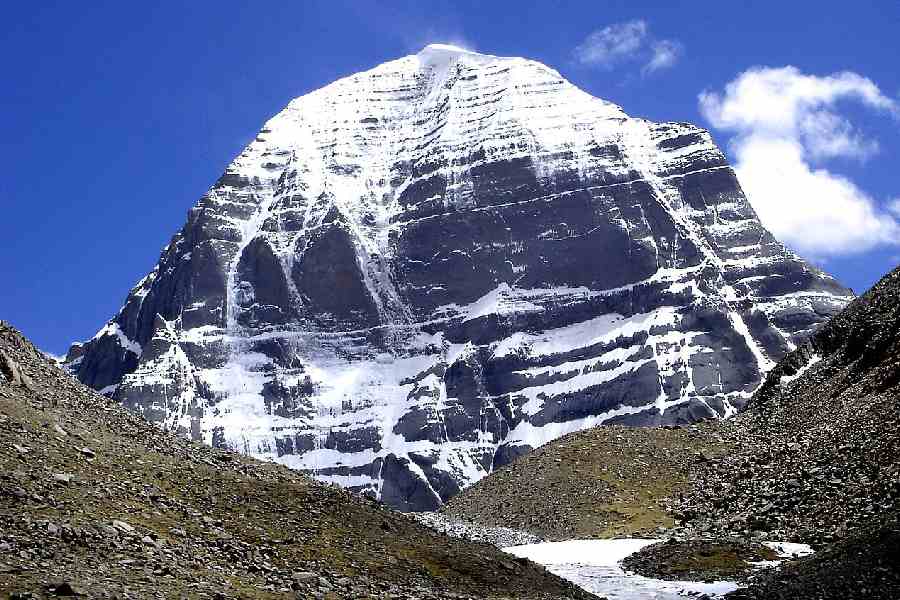
Bhubaneswar, Feb. 23: Things have changed since the early 90s. Till then, mostly men use to play female roles in jatras. Now, a large number of women work in the industry.
What has not changed is the kind of popularity jatras enjoy beyond the urban centres. There are jatra groups that stage 300 shows a year and travel across the state and beyond for shows.
Shravani entered the industry not out of choice but because she found it a feasible option to earn money. Twenty-three years down the line, jatra has become her life and she is quite popular in her fraternity.
"My father passed away when I was 13 and there was no one to take care of the family. I was taking training in classical music then and got a job with a jatra troupe as a singer. For me, the jatra industry is not only a career, but also a lifesaver," said the 36-year-old.
Along with singing, she also starting anchoring jatra shows and gradually started performing as lead heroine.
Like Shravani, several other women have come to perform at the ongoing jatra fest being held as a part of Khandagiri Mela. Shivani now works with the Tulasi Gananatya group. She is playing the lead role in Kana Kala Se that is running houseful shows at the fair.
Jatra has been part of the state's cultural heritage for ages but earlier, male actors used to play the role of women. Since the mid-1990s, more and more women started joining the industry.
Sevarani Behera was introduced to jatra by her husband, a jatra actor. The 27-year-old admitted that she had been interested in acting since her childhood.
"I am very lucky to have got a supportive husband who helped me fulfil my dreams. I started with singing melody songs and then got the role of an actress. The best part of jatra is that I get to entertain people," says Sevarani, who is associated with the Baghajatin group in the show Ki Range Nachuchi Kanak Gori.
Many of these actresses frequently get film offers but they are often not too keen to take them up. They rue the lack of time in their profession.
These theatre groups run around 300 shows a year. The performances usually start at 11pm and continue till daybreak.
"We travel to various places across the state and neighbouring states such as Jharkhand, Chhattisgarh and Bihar, for staging shows. We only get a month's break every year and many times, we are busy preparing for a new show during this time," said Sasmita Bhuyan, a 29-year-old artiste with Biswadarbar jatra group. The artistes feel jatra gives them a stable source of income.
"In films, there is no surety of income throughout the year. One can do one or two films, but what do we do after that? In jatra, we are performing almost daily. So, we are confident of a regular flow of income," says Shravani.
But the lack of liberty in work and parity in payment are some of the issues the women in the industry are facing till date.
"When you are working as a lead artiste, you have to get on the stage despite everything. A lead cannot be replaced overnight," says Sasmita.
As many as six stages has been set up in the vicinity of the Khandagiri hills, each with a capacity of around 3,000-4,000 viewers. Every year, around 20,000 people from various places come to see the performances.
This year, 12 troupes will stage their productions. The organising committees have fixed the price of tickets from Rs 70 to Rs 150 depending on the seating arrangement.
Apart from playing the role of leading and supporting actors, a number of women also work as dancers, anchors and junior artistes in the industry.
"Women artistes add glamour to the shows," says Mamata Behera, an octogenarian viewer.


